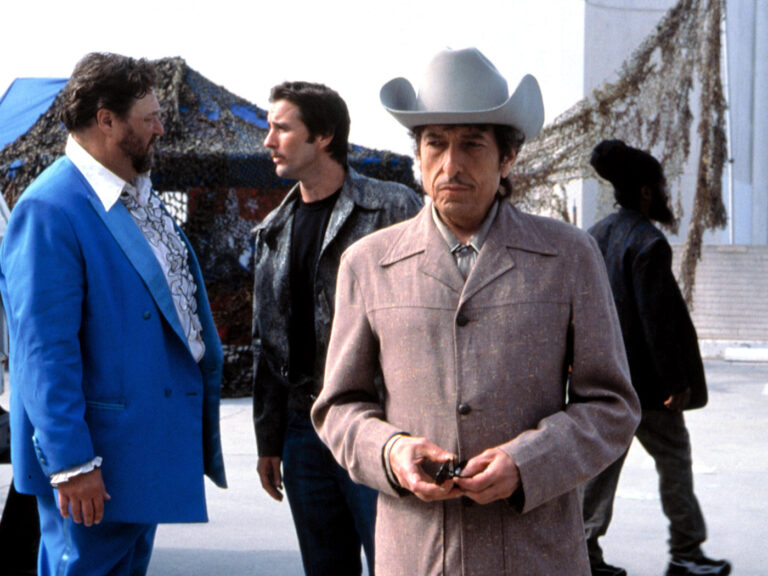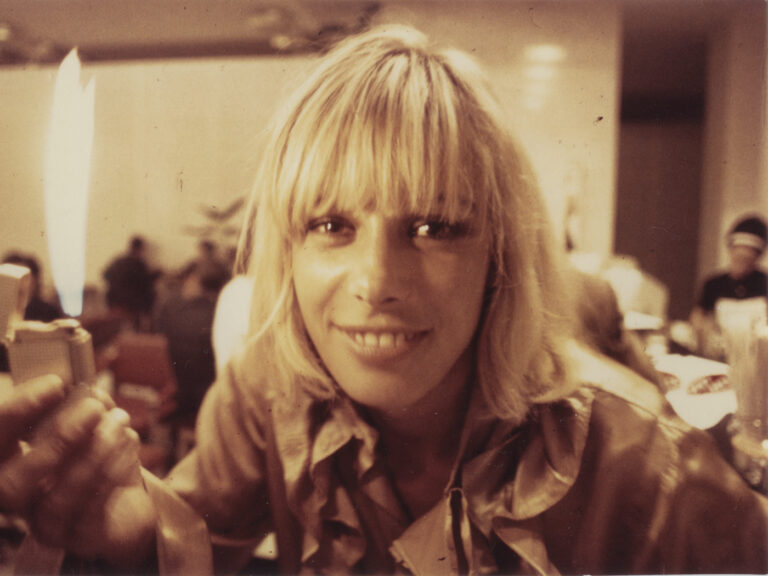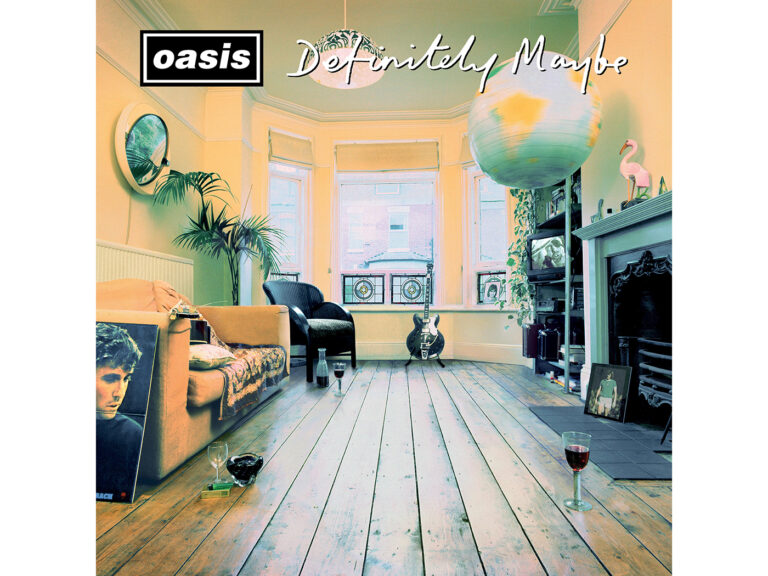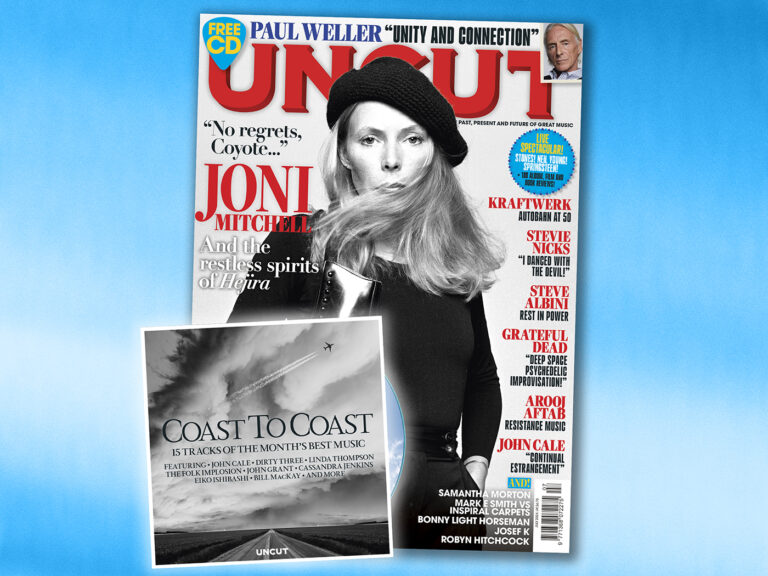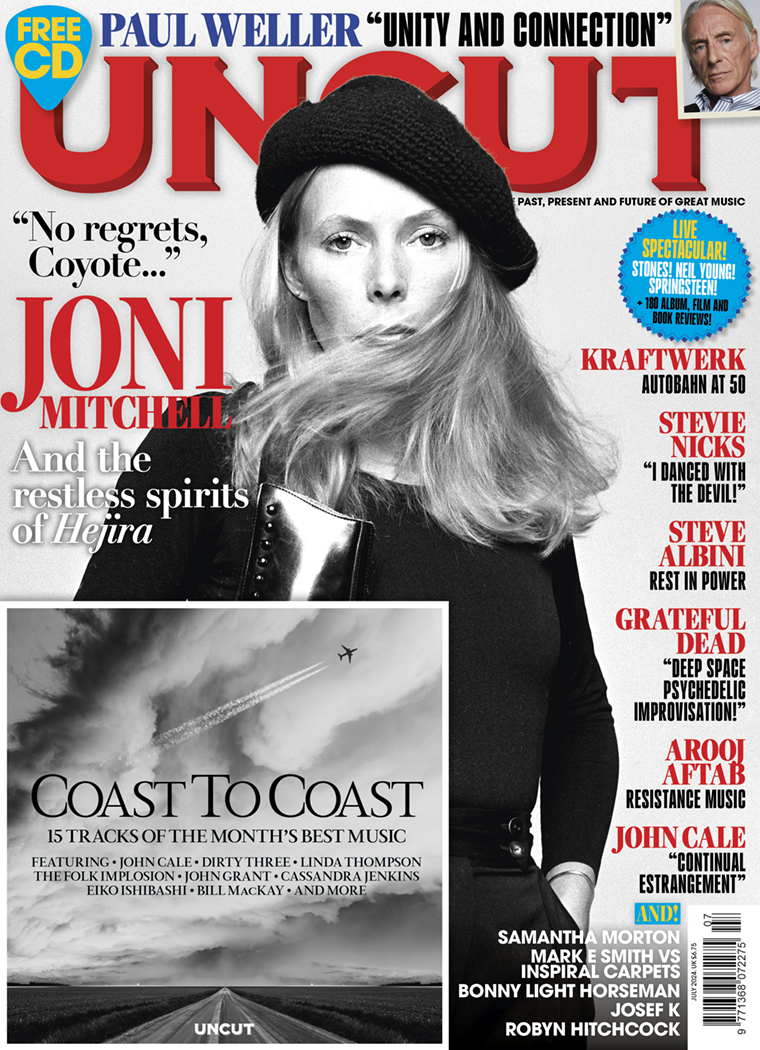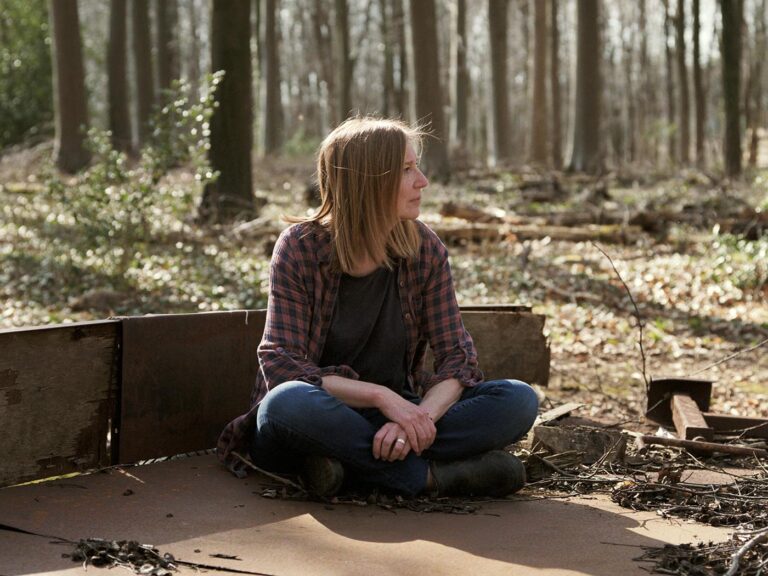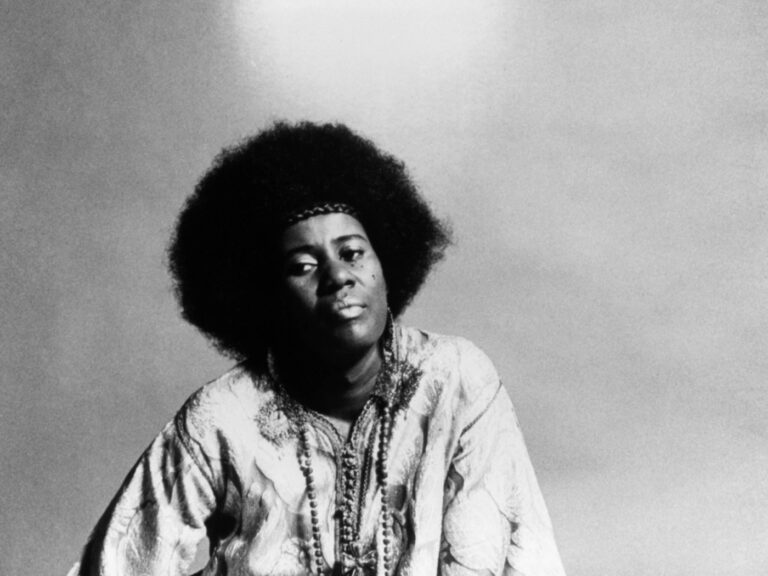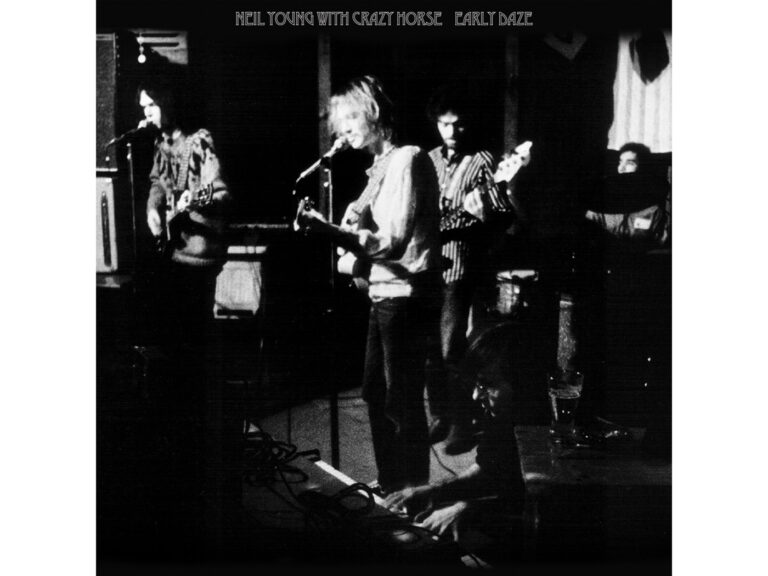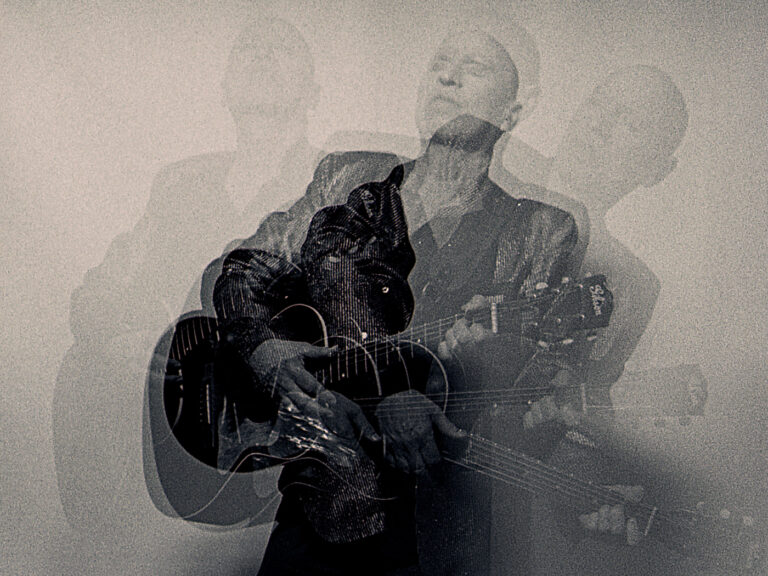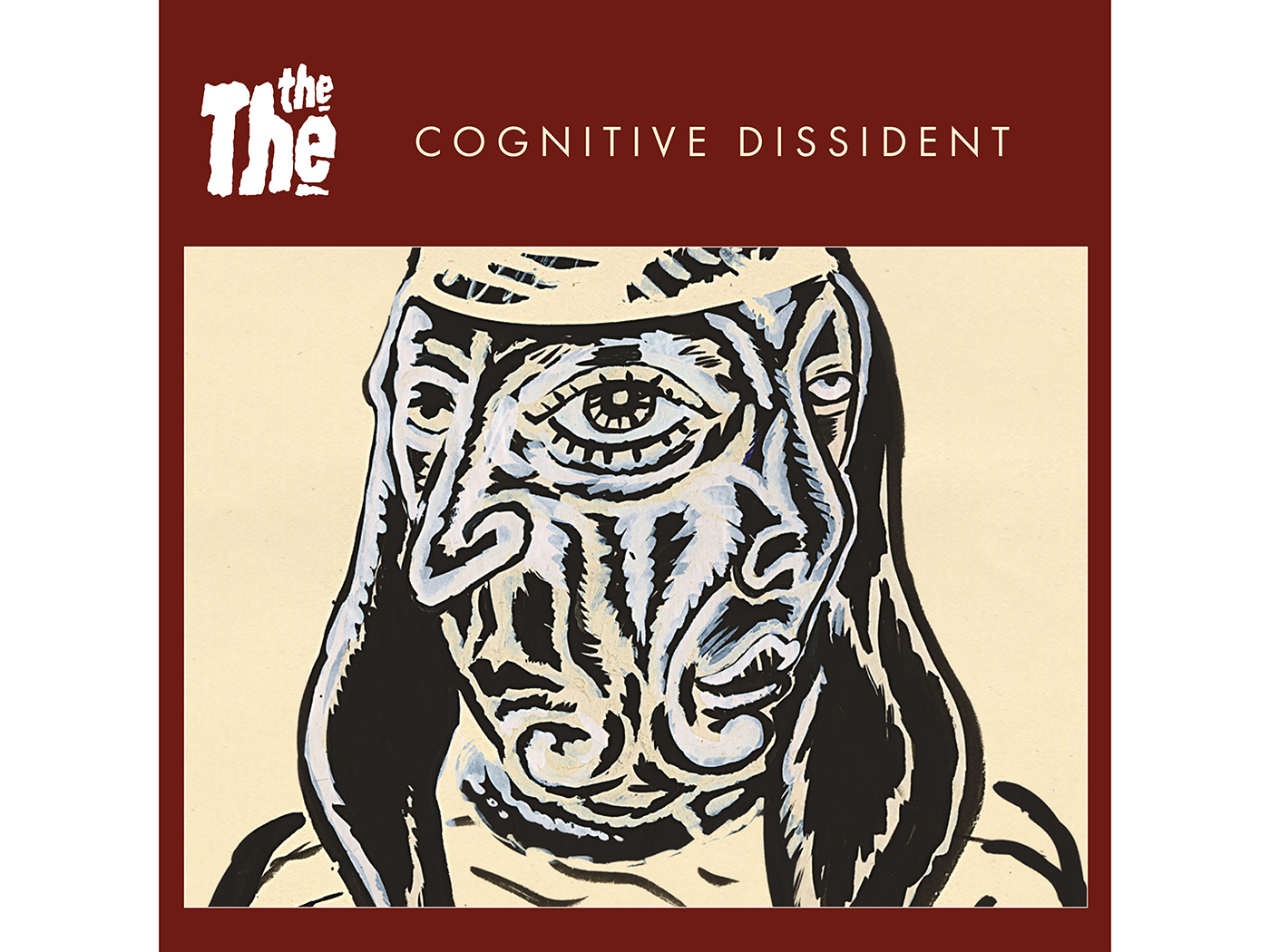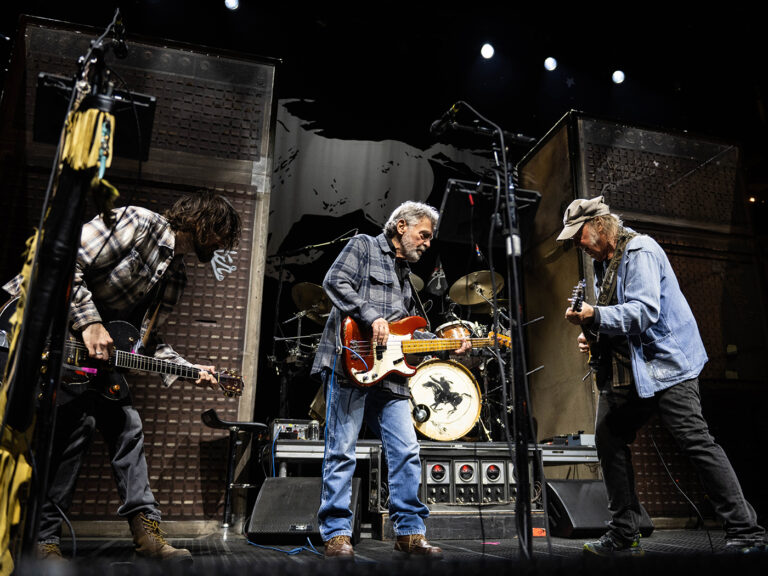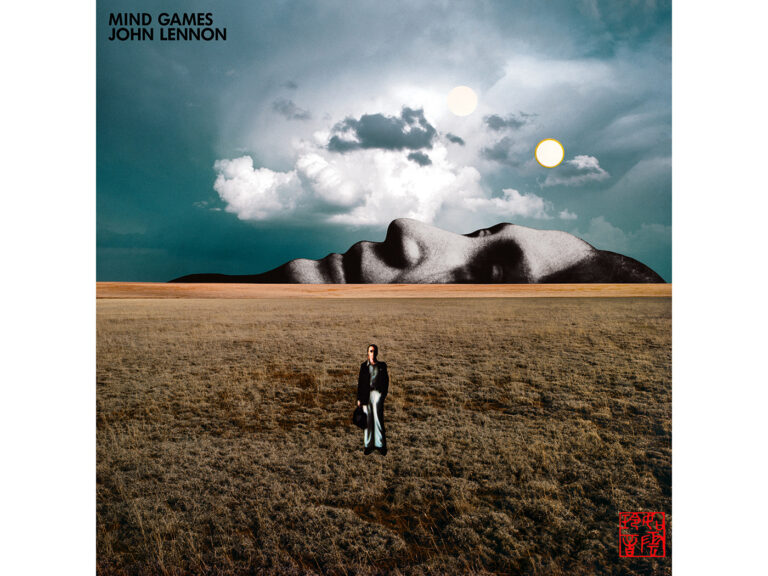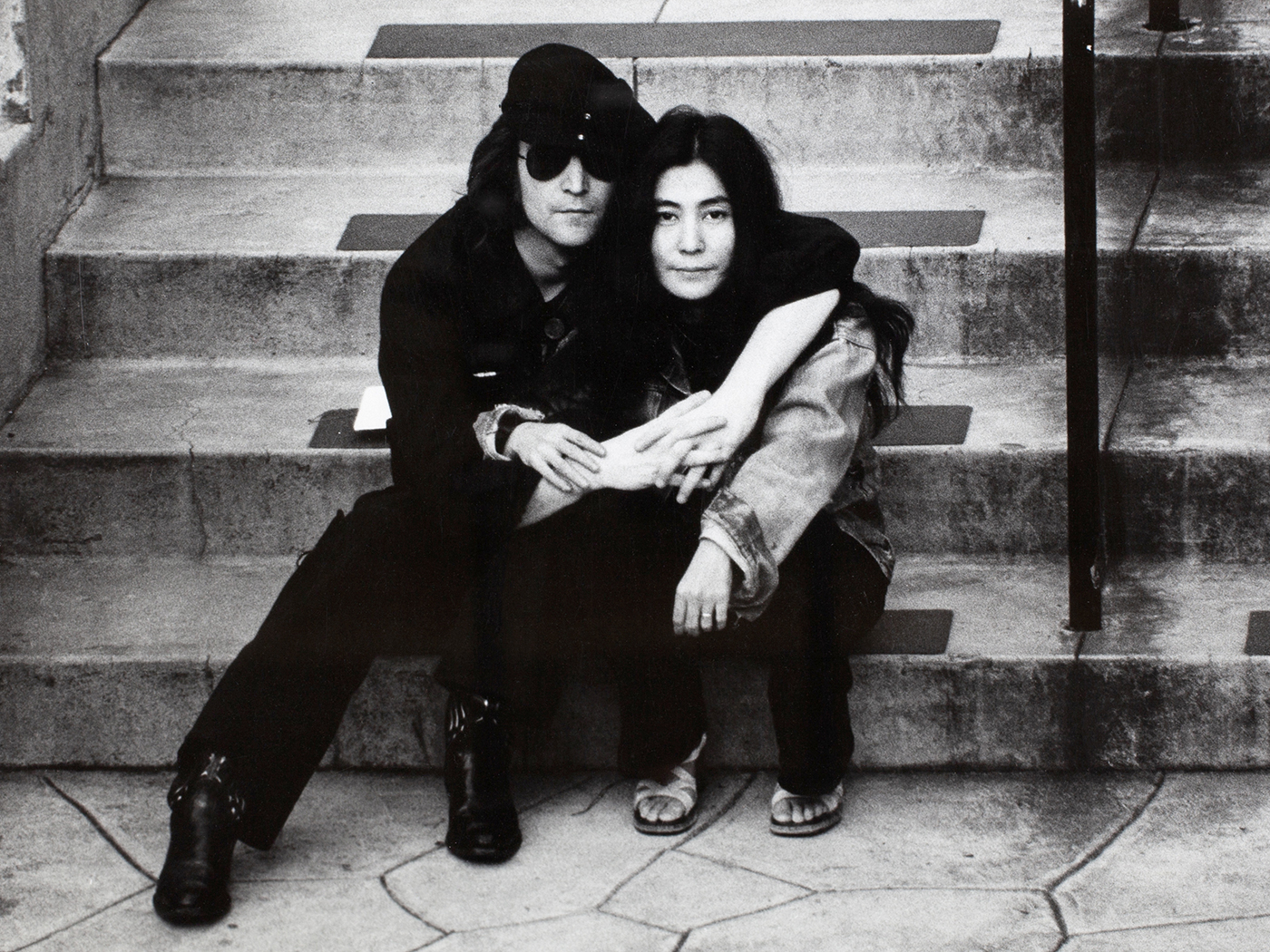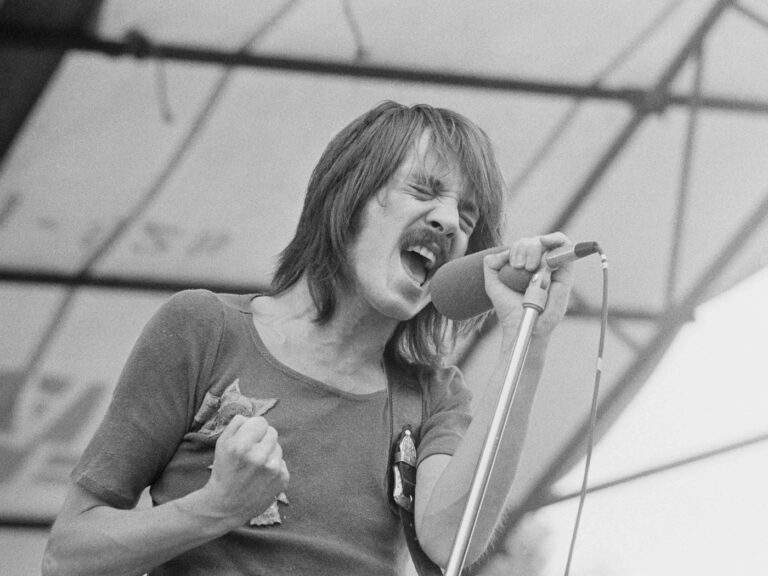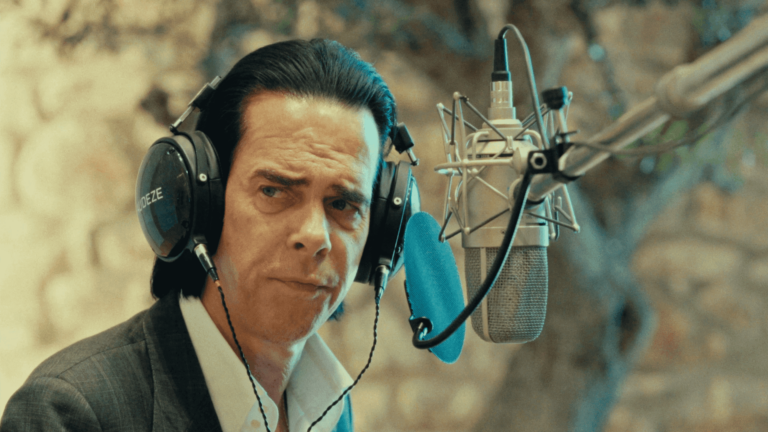Originally published in Uncut Take 85 [June 2004]
It’s 1964, and the singer is alone on the stage of New York’s Philharmonic Hall, talking to the darkness: “It’s just Halloween. I have my Bob Dylan mask on. I’m masquerading.”
It’s 1965, and the singer is in a black and white Britain, reading about himself in a newspaper: “God, I’m glad I’m not me.”
It’s 1972, and the singer stands in the dust in Durango, saying his name: “Alias anything you please.”
It’s 1975, and the stage lights go up to reveal the singer is hiding his face behind a transparent Richard Nixon mask.
Now it’s 2003, and the singer is wearing a blonde wig and a woolly hat at the Sundance Film Festival, watching a movie he wrote under the alias Sergei Petrov. In the film he plays a singer who looks like him but calls himself Jack Fate. He’s called the movie Masked And Anonymous.
The film is stuffed with more stars than any since Robert Altman‘s The Player. Despite – or maybe because – of this, the screening becomes one of the most infamous premieres in Sundance history, provoking walkouts and a firestorm of negative reviews. In the damning piece that sets the pace, veteran critic Roger Ebert decries the singer’s movie as “a vanity production beyond all reason”.
The critics’ objections ultimately boil down to one question: who the hell does Bob Dylan think he is?
It’s a good question. Here’s another: who the hell do we think Bob Dylan is? Hell, does anyone even think about Bob Dylan at all any more?
These are some though by no means all of the questions kicked up by Masked And Anonymous – the bewildering, beautiful, incisive, incoherent, intriguing and infuriating trashcan mystery which marks Dylan’s first serious sortie into cinema since 1987’s universally reviled Hearts Of Fire.
In fact, Masked And Anonymous reaches back further, almost 30 years, to Renaldo And Clara, the mixed-up confusion of hats, masks, mirrors and music Dylan shot on 1975’s Rolling Thunder Revue, and the way that film reached back to Dont Look Back, DA Pennebaker‘s seminal document of Dylan’s 1965 UK tour. Like those, Masked And Anonymous ends up being about a lot of things, but, like those, it starts off being about Bob Dylan.
“In a weird way, the movie is very autobiographical for Bob,” says Larry Charles, the Seinfeld writer/producer who co-wrote and directed Masked And Anonymous. “He’s a man of many masks. But looking at the mask is the way to understand him. If you’re willing to look deeply at the movie – at the mask, through the mask – you will learn all you need to know about who Bob Dylan is. It’s done with a code, but it’s all there.
“The movie’s like a puzzle. You’re the last piece. You have to put yourself into it.”
Here’s the puzzle, then. Masked And Anonymous describes an alternative universe in which the USA has degenerated into a filthy banana republic, ravaged by ceaseless civil war, dominated by a dying dictator whose image wallpapers the streets.
In a slum LA, a huckster music promoter, Uncle Sweetheart (John Goodman), up to his neck in debt, hooks up with TV producer Nina Veronica (Jessica Lange), herself under pressure from gangster-like bosses at the government-affiliated Network, to stage a televised benefit concert to aid – or distract – victims of the war.
Of course, they all plan skimming the profits. Thing is, they can’t attract anyone to play. So Sweetheart produces a tattered trump: his former client Jack Fate, a burned-out legend, currently rotting in the kind of overcrowded subterranean prison in which the Romans used to store the Christians until the lions were hungry.
Hearing Fate is involved, a seen-it-all journalist, Tom Friend (Jeff Bridges), rouses himself to get the story behind the concert – or rather, the story on Fate. Everyone vaguely remembers Fate, even if no one remembers why, or believes anyone would want to hear him sing. He has a reputation for making songs unrecognisable. Still, the show must go on.
That’s the plot. The texture is something else. Like Fate, Masked And Anonymous seems a relic of another era, a time when there was still the option of doing things differently. It plays like the Dennis Hopper of The Last Movie has ambushed Robert Altman’s Nashville. It might be the first sci-noir-bordertown-western-musical-art-movie.
In places, it looks like news footage, in others a post-apocalyptic sci-fi interzone, in others a carnival. The camera tracks around eavesdropping on characters as though the film were a documentary, but, while they act natural, they speak a stylised language, mingling hardboiled one-liners with streams of rhetorical, beat-generation blank verse.
Every now and then the film stops for a speech, a gag or a song (caught by a single, locked-off camera, a style modelled on Hank Williams‘ Grand Ole Opry appearances and Johnny Cash‘s ’60s TV shows). It’s hard to tell if it’s replaying nouvelle vague distancing techniques or the rag-bag vaudeville of a Marx Brothers movie.
And in the middle of the mayhem, there’s Bob Dylan, walking his stiff, jiggling walk, extraordinary in grey Civil War duds and a pencil moustache reminiscent of a ’30s matinee idol. Squinting like Clint Eastwood, he doesn’t say much, as though he can’t decide whether he should be Bogart, Brando or Groucho. It’s Last Tango At The Circus In Casablanca.
Whatever it is, Masked And Anonymous began on the road in 2001. “At that time,” Charles reveals, “Bob had gotten very heavily into comedy. When he was touring, he’d watch a lot of comedy, got interested in that, and television. So, he decided maybe he’d do a comedy show on TV.
“Yeah, I know. Bob Dylan? A comedy show? On TV? But that’s what he wanted to do. So he started meeting writers.”
Charles, who with his dude’s shades and wizard’s mane has been described by Peter Farrelly as “a cross between Jerry Garcia and Charles Manson“, was introduced to Dylan by his friend, long-time Dylan associate Jeff Rosen. “Jeff said, ‘We’ve been setting up these meetings with writers, but nothing’s really coming – you wouldn’t consider sitting down with Bob would you?’ I was like, ‘Are you kidding?’
“I figured, I’ll have one meeting with Bob – he really insists on being called Bob, because Bob is the person; ‘Dylan’ is your problem – and I can tell all my friends, and that would be it. But we just immediately started riffing, and it developed into this very exhilarating verbal jam session. By the end of that meeting, we were working together. He walked me to my car, and I felt like I was on a *date*. Cars are driving by, I’m thinking, ‘Will someone please look and see – I’m with Bob Dylan!'”
Masked And Anonymous is officially credited to phantom screenwriters Rene Fontaine and Sergei Petrov. When the movie first opened in the US last July, Charles made a gallant effort to maintain the pretence that these ciphers really existed, but that’s one mask which has since slipped. The seeds of the script were found in a box of scrap paper Dylan produced: a pile of scribbled notes, names and lines, apparently the byproduct of his writing for “Love and Theft”. In fact, the film shares that album’s mysterious sense of weird, lost and hidden American history, of Tin Pan Alley echoes merging with plantation moans. The very title seems to call out to Charley Patton, the bluesman who recorded as “The Masked Marvel”, to whom Dylan dedicated “Love and Theft”‘s stunned apocalyptic bluegrass knees-up, “High Water“.
“Bob dumped all this paper on the table,” Charles remembers, “and said, ‘I dunno what to do with these.’ I looked through and said, ‘Well you could take this, and put it together with this, and that could be a character who says this‘ – almost like a William Burroughs, cut-up technique. We would just throw ideas out, attach them to other ideas. There was no plan. The film began to emerge naturally.”
That technique is reflected in the shape of the movie: a series of moments bumping into and bouncing off one another rather than connecting in any linear way. Charles says, “It’s a fascinating way of working.”
But it’s also anathema to Hollywood. When it came to raising the “shockingly small amount of money” needed to make the movie – around $7 million for a 20-day digital-video shoot, shoehorned into Dylan’s touring schedule – Charles says, “We got a lot of incredibly rude comments. People would be very cold, ruthless. They’d say: ‘Well, Bob Dylan’s never sold a movie ticket.’ I mean, we’re talking about possibly the only American artist who will survive the collapse of civilisation.”
This, too, fed into the shape of the film. “The reason we wound up with the cast we did,” Charles reveals, “is we thought we have to surround Bob with enough stars to make the people who are going to give us money comfortable they’re going to get it back.”
The extraordinary cast has been dismissed by many reviewers as simply the result of actors scrambling to associate themselves with Dylan. But as Charles points out, “These are all risk-taking actors. Jeff Bridges has always sought rigorously and vigorously independent movies. Mickey Rourke is an amazing, intense, unique American actor. It was a fight to get him in the movie. People were like, ‘Oh, he’s trouble.’ Bob and I actually fought to make sure Mickey was in, because he says something about the movie.
“Then there’s John Goodman and Jessica Lange, who often do Shakespeare or Brecht in theatre. These are great connoisseurs of language. They were attracted to the script’s language, which is very different from what you find in American cinema today, and the ideas. These actors are looking for that kind of experience, some kind of challenge. Some kind of spiritual quality to their work. We couldn’t give them money. But we could give them that.”
The film’s eventual producer, Nigel Sinclair of Spitfire Films, responded for similar reasons. “I got involved,” he says, “because this film addressed some human and political issues that are really important, and are becoming more important, at the beginning of the 21st century in terms of social groups, friction and bloodshed, and what happens to us as a human tribe.
“That’s what this film is about: the link between our existential, individual experience, and, if you will, the political, group experience – the kind of battle that has gone on since Marxism was first introduced, as to whether the individual or society in the end is most important.”
In all the potshots fired at Dylan for daring to make a movie, there seemed a reluctance to acknowledge that, wrapped in the film’s woolly ball of confusion, there are indeed hard questions. About America; about political mayhem; about race; about business, government and the media; about the co-opting of the counterculture; about corruption and greed; about image and reality and how they get mistaken for each other; about the artist’s responsibility; about individuals with their own problems, caught up in all this, finding themselves unable to understand, let alone help each other.
Still, more than anything, the film is about Dylan. He’s the filter through which everything else is viewed. How else to explain why, when we first glimpse Jeff Bridges as the journalist who would be Fate’s nemesis, he’s hiding inside a hooded sweatshirt exactly like the one Dylan wore while recording Under The Red Sky? Why, before going after Fate in the film’s most extraordinary scene, turning on him with a creepy, hectoring rap about Jimi Hendrix, Fate/Dylan’s absence at Woodstock, and the meaning of Hendrix’s epochal reordering of “The Star Spangled Banner“, Bridges changes costume, re-emerging as a black-leather-jacketed xerox of the Dylan of Dont Look Back?
“Yes. He’s dressed exactly like Bob Dylan 1965,” Charles confirms. “Down to the *shoes*. Most people don’t pick up on that. The film is littered with those kinds of details. In some sense, everybody is a reflection of Bob. But it occurred to me very vividly that Jeff was also playing the young journalist Bob gets into the argument with in Dont Look Back, 40 years later.
“Bob is constantly competing with the younger versions of himself. That, I think, is one of his big issues with the media, not accepting him for what he is, whatever that might be. He’s constantly fighting his own past. He can’t really enjoy his own music, in a sense. He has to keep moving forward.
“‘Don’t look back’ becomes a theme. Of this film, and his life.”
Accompanied by a soundtrack of Dylan covers – familiar songs rendered as Japanese punk or Italian rap until they blur into a babbling muzak Esperanto, pierced occasionally by Dylan’s own lacerating performances – Masked And Anonymous is, finally, Dylan talking to himself, about himself, where he’s been, where he is and what he sees. If that’s a vanity project, then that’s what his work has always been.
“I was always a singer, maybe no more than that…” Jack Fate concludes. “I stopped trying to figure everything out a long time ago.” Maybe this is just another song. Maybe it’s just Halloween.





